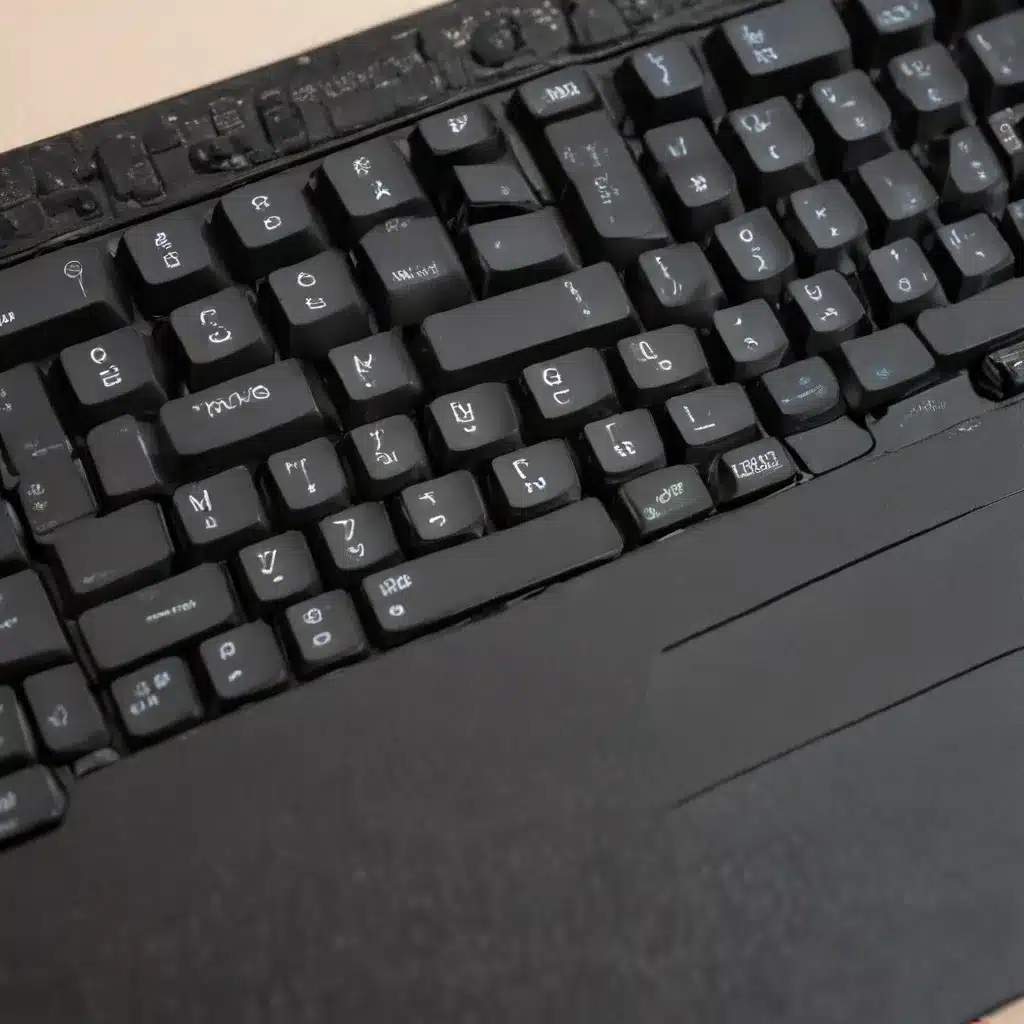
Laptop keyboards are the unsung heroes of our digital lives, quietly enabling us to type, navigate, and command our devices. However, like any essential component, they can succumb to wear and tear, spills, or even the occasional mishap. When your trusty keyboard starts acting up, it’s time to take action. In this comprehensive guide, we’ll walk you through the process of replacing a laptop keyboard, ensuring your device remains in top-notch condition.
Laptop Devices
Hardware Components
Laptops come in a wide variety of shapes, sizes, and configurations, and their keyboards are no exception. From the standard QWERTY layout to the specialized gaming-focused designs, each keyboard has its own unique features and considerations.
Standard Laptop Keyboards: These are the most common types, with a layout similar to a desktop keyboard. Depending on your region, you may encounter QWERTY, AZERTY, or QWERTZ layouts. These keyboards are generally straightforward to replace and widely available as replacement parts.
Backlit Keyboards: Laptops with backlit keyboards offer the convenience of illuminated keys, making typing in low-light environments a breeze. Replacing these keyboards may require extra care due to the additional lighting components.
Gaming Keyboards: Designed for the avid gamer, these keyboards often feature customizable keys, macro functions, and intricate lighting schemes. Replacing a gaming keyboard may involve additional steps to ensure the preservation of these specialized features.
Ultrabook Keyboards: Slim and lightweight, these keyboards are typically found in thin and portable laptop models. Replacements for these compact keyboards can be more challenging due to the restricted space and design considerations.
Software Considerations
While the physical keyboard is the primary focus, it’s essential to consider the software aspects as well. Proper driver installation and language settings are crucial for ensuring your replacement keyboard functions seamlessly.
Keyboard Drivers: Ensuring your laptop has the latest keyboard drivers installed is crucial for maintaining optimal performance and addressing any software-related issues. In the event of driver-related problems, you may need to uninstall and reinstall the keyboard driver to resolve the issue.
Language Settings: If your keyboard suddenly starts speaking a different language, it’s likely due to a mismatch between the keyboard layout and your language settings. Adjusting the language settings in your operating system can help align the keyboard functionality with your preferred language.
Troubleshooting Tips
Before diving into a full-fledged keyboard replacement, it’s wise to explore some troubleshooting steps. These can help you identify the root cause of the issue and potentially resolve it without the need for a replacement.
Broken or Unresponsive Keys: If a single key is malfunctioning, you may be able to replace just that key, rather than the entire keyboard. Gently prying up the affected key and inspecting the underlying mechanism can provide valuable insights.
Keyboard Silence: When your keyboard suddenly goes silent, it could be a software or hardware issue. Start by checking the physical connection, restarting your device, and testing with an external keyboard to pinpoint the problem.
Language Mismatch: If your keyboard is suddenly speaking a different language, the culprit is likely a mismatch between the keyboard layout and your language settings. Adjusting the language settings in your operating system can often resolve this issue.
Keyboard Repair
Keyboard Removal
Before you can install a new keyboard, you’ll need to carefully remove the old one. This process may vary depending on your laptop model, so it’s essential to consult your manufacturer’s instructions or seek guidance from a professional.
Keyboard Installation
Once you’ve successfully removed the old keyboard, it’s time to install the replacement. Ensure that the new keyboard is compatible with your laptop model and follow the installation instructions carefully to avoid any damage to your device.
Compatibility Factors
When sourcing a replacement keyboard, it’s crucial to ensure compatibility with your specific laptop model. This includes factors such as the keyboard layout, connector type, and any specialized features like backlighting or macro keys.
Replacement Procedures
Disassembly Instructions
Carefully follow the step-by-step disassembly instructions provided by your laptop manufacturer or a trusted repair guide. This may involve removing screws, panels, or other components to access the keyboard.
Reassembly Process
After installing the new keyboard, meticulously follow the reassembly instructions to ensure a secure and proper installation. Pay close attention to cable connections, screw placements, and any other details to avoid potential issues.
Maintenance Recommendations
To extend the lifespan of your replacement keyboard, consider implementing regular maintenance practices, such as cleaning the keys and preventing liquid spills. Proper care can help ensure your keyboard continues to perform reliably.
IT Support Resources
Manufacturer Guidance
Consult your laptop manufacturer’s website or support channels for detailed instructions and guidance on replacing your specific keyboard model. They can provide valuable information on compatible parts and the proper replacement procedures.
Online Tutorials
Numerous online tutorials and video guides are available, offering visual walkthroughs and step-by-step instructions for keyboard replacement. These can be particularly helpful for those who prefer a more hands-on approach.
Technical Support Services
If you’re not comfortable with the DIY approach or encounter any challenges during the replacement process, consider seeking professional assistance from a trusted IT support service. They can guide you through the process or even perform the replacement on your behalf.
Replacing a laptop keyboard can seem daunting, but with the right knowledge and guidance, it’s a task that can be accomplished with confidence. By understanding the hardware and software considerations, familiarizing yourself with the replacement procedures, and leveraging the available support resources, you can restore your laptop’s keyboard to its former glory. So, let’s get started on your keyboard replacement journey and keep your device running at its best.












